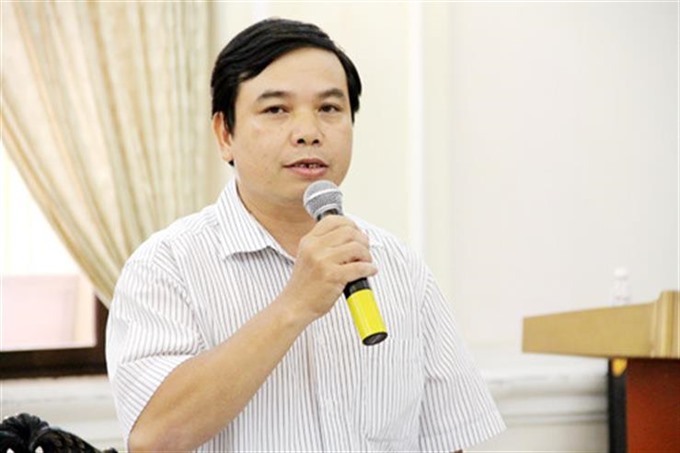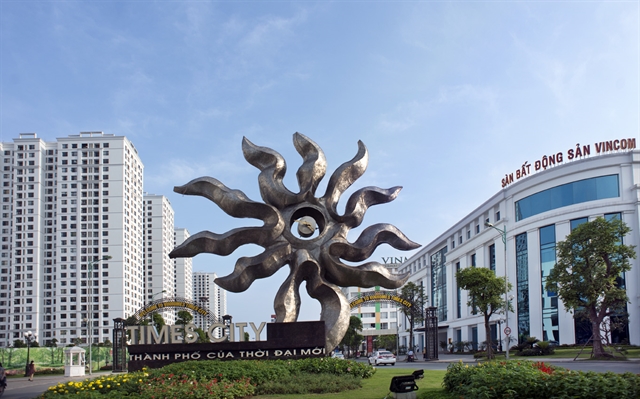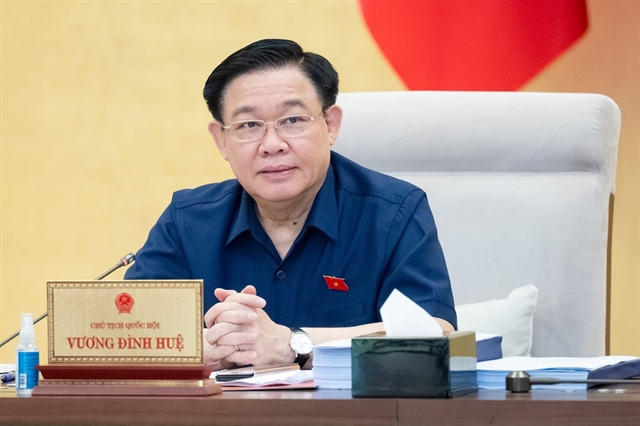 Opinion
Opinion

Director of the Department of Teachers and Educational Administrators, Dr. Hoàng Đức Minh, speaks to Tuổi trẻ (Youth) newspaper on changes in the nation's teacher training policies.
 |
| Hoàng Đức Minh |
Director of the Department of Teachers and Educational Administrators, Dr. Hoàng Đức Minh, speaks to Tuổi trẻ (Youth) newspaper on changes in the nation’s teacher training policies.
Has the Ministry of Education and Training adopted a specific working plan with provincial education and training departments on the new teacher training scheme starting this year?
Our teacher training program will be tailored to demands from each locality. The Ministry of Education and Training will soon ask all city and provincial education departments to calculate the number of teachers they need for each subject in accordance to the reformed school curriculum.
Based on their reports, we will then work with all teacher-training establishments and give them specific orders for each subject. In the meantime, the ministry will send letters to all teacher training schools asking them to work closely with their local Department of Education and Training to calculate the enrolment of students to meet the demand of the reformed school curriculum starting in 2020-21 for primary schools, 2021-22 for secondary schools and 2022-23 for high schools.
To decide how many teachers will be needed for primary, secondary and high schools, each province will be the task of the provincial Department of Education and Training, not of the ministry. In other words, the number of students admitted to all teacher-training establishments will depend on the real requirements of each locality, not to be dictated by the ministry or the provincial Department of Education and Training as has been done in the past.
Would you explain the commitments between local authorities and teacher training establishments?
For example, a local authority has placed an order of 100 teachers for a teacher-training establishment by the year 2022. But by the year 2022, that local authority says that it needs only 80 teachers. In such a case, the local authority will have to bear all the cost of training for the 100 teachers – not just the 80 teachers that they will recruit.
Or vice versa, if by 2020, the local authority wants to have 120 teachers, 20 more than what they had agreed, the blame will not be on the teacher-training establishment.
In other words, from now on, the enrolment of students at teacher-training establishments will be based on the principle of demand and supply.
Who will be affected by the new policy?
It is indisputable that some teacher-training establishments will be affected by the new policy. But, in my opinion, it is high time all training institutions had to adjust their policies on student enrolments while improving training quality to turn out high quality teachers in the future.
Although such a change will cause a lot of difficulties to all teacher-training establishments, at a recent national conference of university rectors, the participants endorsed the Government’s policy and promised to do their best to turn it into a reality. — VNS









